Search results for: “system”
-

Observing Human Cheek Cells with a Microscope
In this lab, students use a toothpick to get a sample of cells from the insides of their cheek, stained with methylene blue.
-
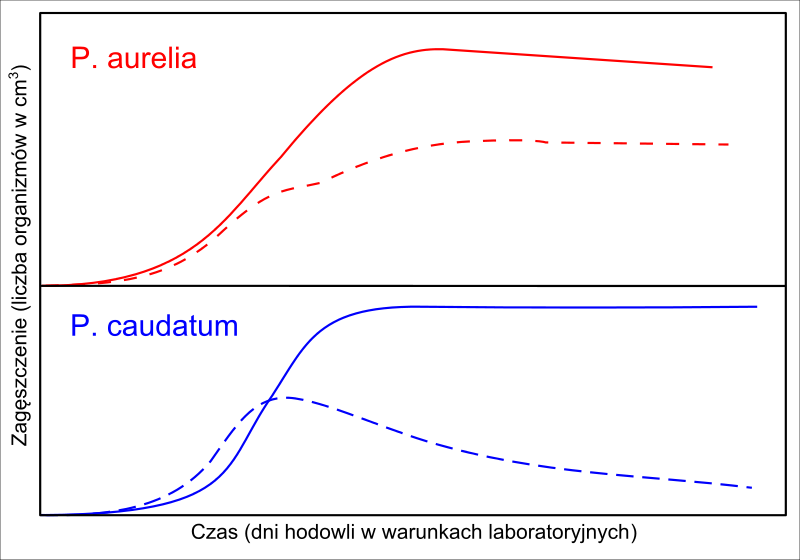
Population Biology with Paramecium
Activity illustrates the competitive exclusion principle by showing students how each population behaves when grown alone or when mixed together.
-
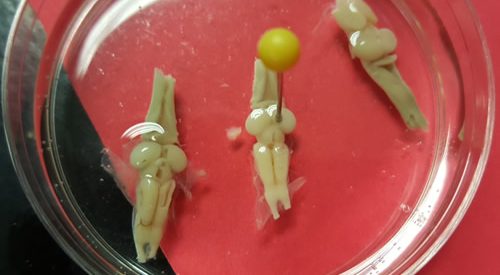
Removal of the Frog’s Brain
This worksheet provides instruction for removing the brain and reveal the lower leg bones, which include the femur and the tibiofibula (fused tibia and fibula).
-
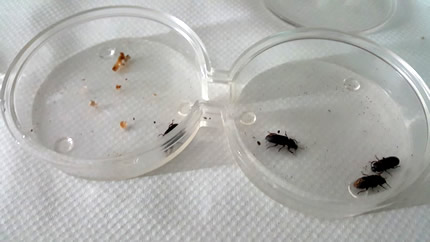
Case Study – Investigation of Animal Behavior
The goal is for students to develop a basic understanding about how animal models are used to study behavior and how behavior can be explained from an evolutionary perspective.
-
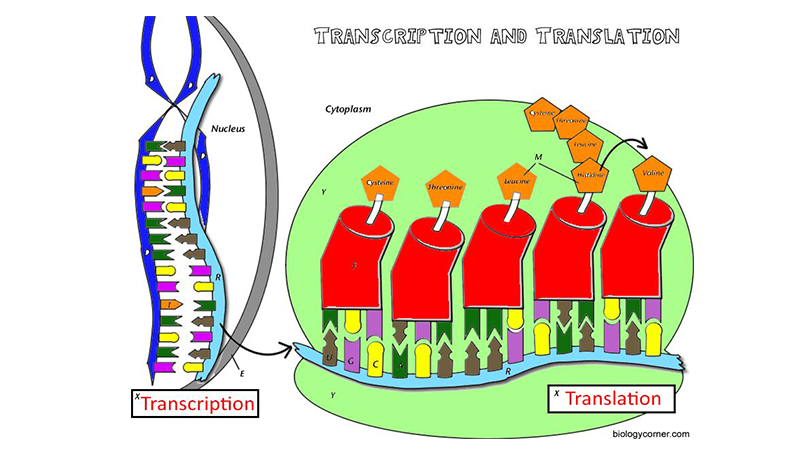
Learn Transcription and Translation by Coloring
Graphic shows the process of transcription and translation. Color the parts of the model as your learn about them!
-

Teaching Resources: Fetal Pig Dissection
Worksheet includes instructions for dissection with descriptions of the organs students will locate; includes diagrams to label.
-
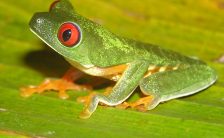
Frog Dissection Resources for High School Biology
This student guide (dissection manual) walks students through the frog dissection. Each step has a check box to help students focus and stay on track. Detailed descriptions of structures will help students locate organs with minimal help from the instructor.
-
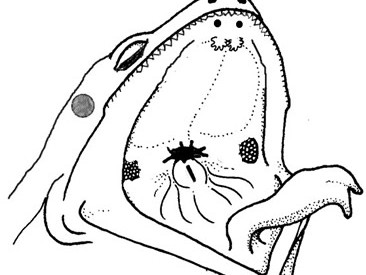
Student Guide to Frog External Anatomy
Lab handout over the external anatomy of the frog. Can be used as part of a frog dissection unit. Includes instructions and images to label.
-

Can Bacteria Be Designed to Create Gasoline?
I’ve heard the term “biofuel” before, and that usually conjures up images of corn fields and ethanol. I recently attended a lecture at Washington University presented by Fuzhong Zhang. The title of the workshop was quite intimidating: “Synthetic Regulatory Systems for Dynamic Metabolic Pathways.” Teachers don’t just spend our summers lazing about at the pool!…
-
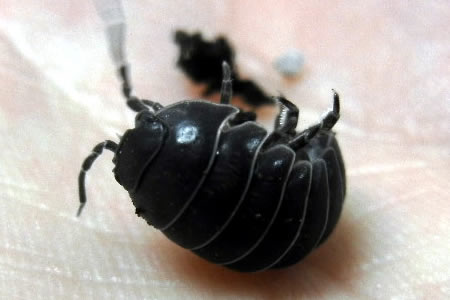
How to Raise Isopods (Pillbugs) for Your Classroom
How to keep isopods, or pillbugs, in the classroom. Use a plastic container with soil, water beads, and a place to hide!
-
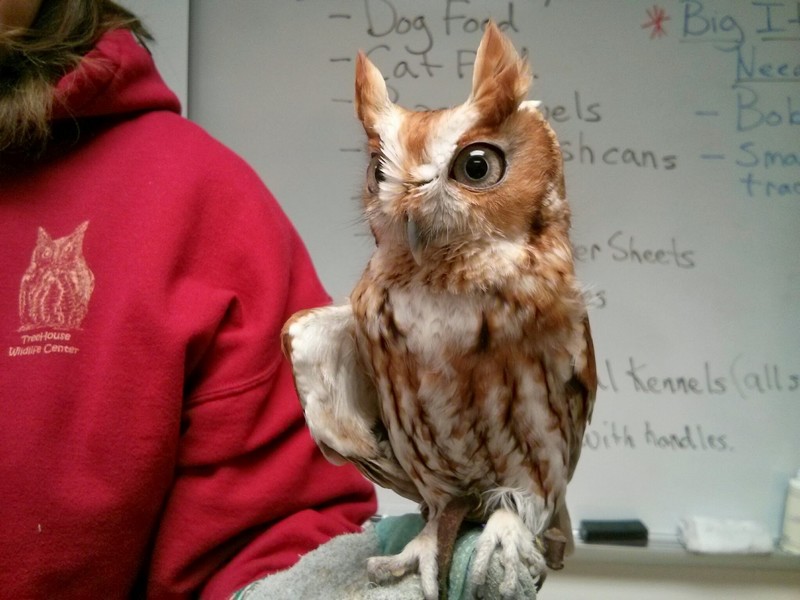
Are Kids Out of Touch with Nature?
My students are suburban raised and have very little experience in the wild. After reading the article, “Give Childhood Back to Children,” I considered that playing outside not only helps kids learn social structures, it also allows them to explore nature.
-
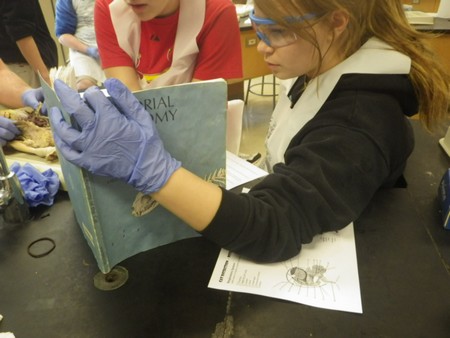
What is “Mastery” and Why is It Important?
Education leaders often talk about mastery. Here’s what it means to me and how I can assess whether students have mastered content.
-
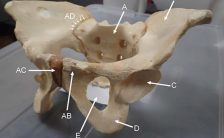
Top 5 Online Quiz Makers
List of apps that can be used to help student learn content. Practice quizzes can be shared across social media or LMS. Best quiz apps include quizziz, quizalize, and quizlet.
-

Set the Class Tone on the First Day
This year I will have the exciting opportunity of teaching an introductory physics class to students on vocational tracks. For those not understanding ed-speak, this means that I will be taking a class of kids who have probably already failed in 8th grade, have poor test scores and may have already given up on school….


